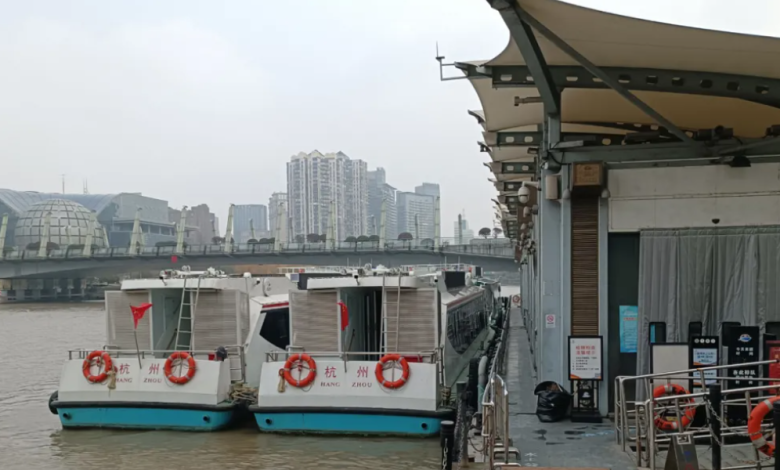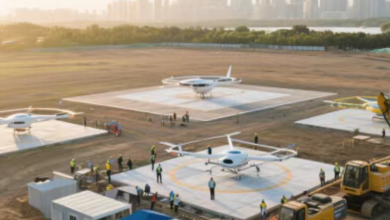
Standing beneath the white membrane canopy at Hangzhou’s Wulinmen Wharf, I felt a surprising sense of openness and calm. The structure stretches like a soft sail overhead, filtering sunlight and offering shade without creating a sense of confinement. It’s more than just a roof — it’s an architectural expression of how urban public space can be both functional and beautiful.

What Is a Membrane Structure Corridor?
A membrane structure corridor combines modern tensile membrane materials with steel frames or cable networks to create large, lightweight covered spaces. These designs are increasingly used in urban settings such as transport hubs, wharfs, and scenic areas. The key appeal lies in their blend of engineering strength and aesthetic fluidity. According to the China Academy of Building Research, high-performance tensile membranes can withstand tensile forces between 200 and 500 MPa, making them ideal for long-span covers. For a deeper look into material properties and technical parameters, I found this guide to tensile structure specifications especially useful.
Practical Functionality: Shade and Shelter
Wulinmen Wharf serves as a busy transit point near West Lake. In the past, passengers had to brave sun and rain while moving between zones. Now, thanks to the membrane corridor, they enjoy a sheltered, continuous pathway that enhances convenience and comfort. The canopy not only shields against the elements but also organizes foot traffic more efficiently.
Similar benefits can be seen elsewhere. For instance, at Fuzhou Railway Station South Square, a 30-meter membrane corridor links the subway and station exits. Even during heavy rain, over 50,000 passengers a day use it safely and comfortably.
Enhancing Tourist Experiences
Membrane corridors are not limited to transport. In tourist destinations, they serve as connectors between attractions while adding visual elegance. At Yibin High-Speed Railway Station, a tensile membrane canopy helps guide visitors while protecting them from harsh weather. Such structures are becoming integral to scenic planning and cultural tourism.
Urban Icons with Architectural Impact
One of the most ambitious uses of this design is the North Bund aerial corridor in Shanghai. It spans 4.5 kilometers, making it the longest urban skywalk system in the world. Some segments feature a membrane roof, offering not just protection but a distinctive visual identity.
Wulinmen Wharf’s new design fits into this broader trend. Its corridor merges the poetic softness of traditional Chinese gardens with the efficiency of modern infrastructure. It feels less like walking through a transit area and more like moving through a thoughtfully designed public artwork.
Looking Ahead
I believe membrane structure corridors will play a bigger role in shaping future urban environments. Their ability to combine utility, comfort, and beauty makes them ideal for cities aiming to be both livable and visually inspiring. This trend is not limited to China — in regions like Southeast Asia, especially the Philippines, demand for innovative membrane designs is also growing. For those exploring regional suppliers, this list of top tensile structure manufacturers in the Philippines offers a helpful starting point.
At Wulinmen, I didn’t just see a structural upgrade — I experienced a reimagining of how public space can connect people and places.





